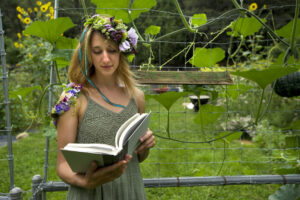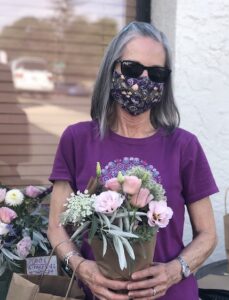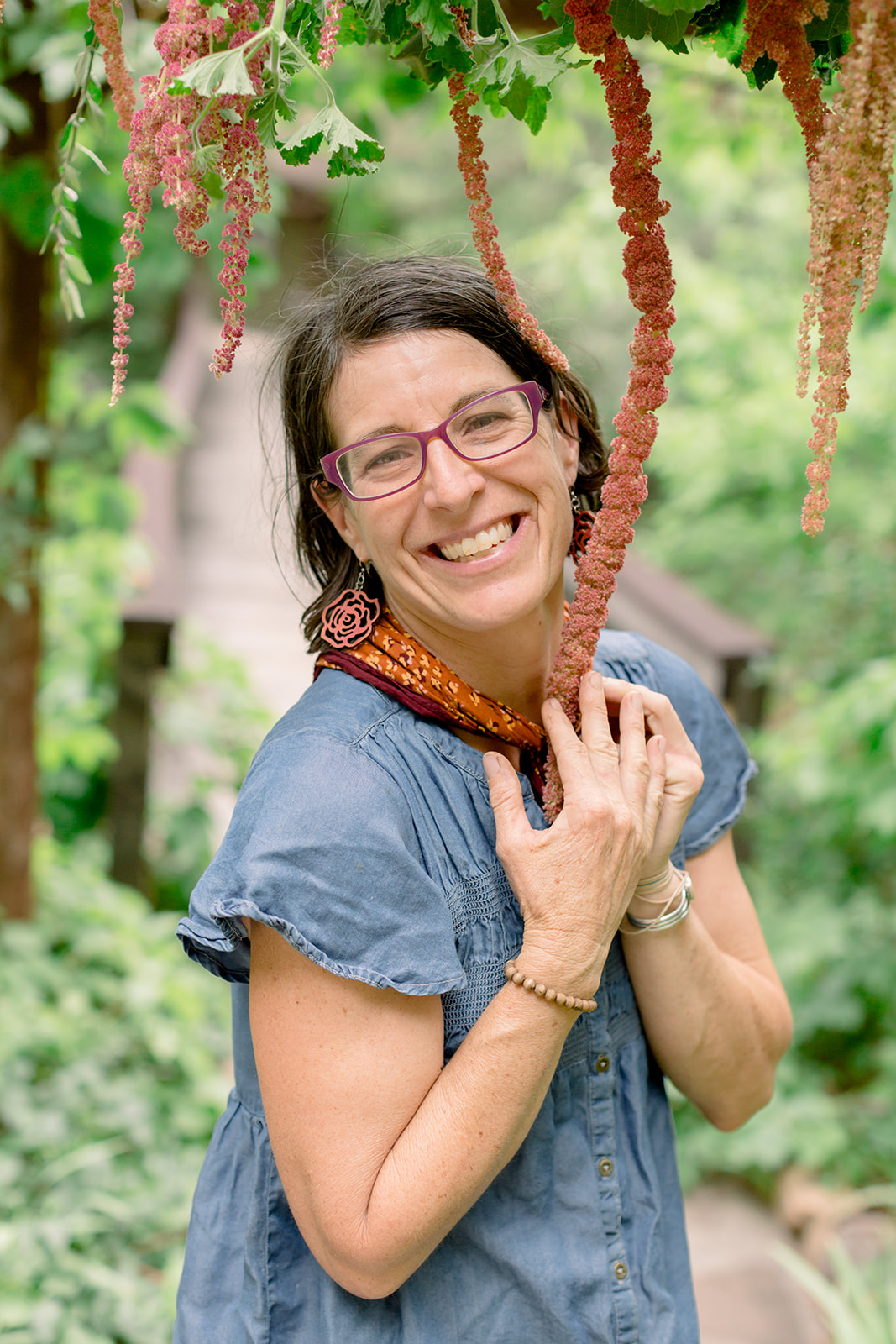 In between snowstorms last week, I braved the snowbanks in downtown Flagstaff to visit the Bright Side Bookshop. Inside the store, it felt like spring. Colorful words bloomed from book covers, and flowers, birds, and butterflies alighted from blank journals. I was searching for inspiration; in particular the poetic kind. Like the squirrels who have survived winter on their nut cache, but are yearning for fresh tree buds, I am hungry for the nourishment of new ways of seeing the world. I can always count on poetry to satisfy this need.
In between snowstorms last week, I braved the snowbanks in downtown Flagstaff to visit the Bright Side Bookshop. Inside the store, it felt like spring. Colorful words bloomed from book covers, and flowers, birds, and butterflies alighted from blank journals. I was searching for inspiration; in particular the poetic kind. Like the squirrels who have survived winter on their nut cache, but are yearning for fresh tree buds, I am hungry for the nourishment of new ways of seeing the world. I can always count on poetry to satisfy this need.
Poetry and gardens have been companions on my journey since I began farming as an apprentice at the University of California Santa Cruz in 2015. Poetry was the salve we applied to many situations on the teaching farm. Poems introduced class topics, set the vibe for community meetings, and pre-harvest pump-ups. Poetry filled the void when all other words escaped us. Many harvest mornings, poems took us on a journey within as we carried the words with us to bunch rainbow chard with our hearts overflowing. Like the food were were growing to feed our bodies, poetry was a basic need which sustained our souls and infused our earth work with deeper purpose.
In 2020, as the pandemic hit, I had just bought a one-acre farm in Rimrock and quit a full-time gardening job with the dream having my own flower farm. I was frantically planting flowers amidst the uncertainty, with the hope of sharing beauty with the world. No one was getting married. There was not one person who wasn’t struggling. Disposable income was hard to come by. Yet, by some miracle, 15 people had invested in the idea of a CSA (community supported agriculture) share—a weekly subscription of fresh flowers grown by me on this land. This community was literally supporting me with upfront dollars in my pocket, when all the weddings I had on the calendar were postponed indefinitely. I was incredibly grateful for this collection of people, many long-time friends, who believed I could do this (because I doubted it was possible). I hoped the flowers would offer them a heartfelt message to uplift their spirits.
By that summer, I was gathering the flowers into bouquets, wrapping them in butcher paper to deliver to the CSA and intuitively, I felt their final dressing gown should be a poem. With my 1960’s vintage typewriter, I plucked out the words of Mary Oliver’s poem When Death Comes and tucked into the paper wrapping:
“When it’s over, I want to say: all my life
I was a bride married to amazement.
I was the bridegroom, taking the world into my arms.
When it’s over, I don’t want to wonder
if I have made of my life something particular, and real.
I don’t want to find myself sighing and frightened,
or full of argument.”
I don’t want to end up simply having visited this world.”
This unprecedented winter has many of us starving for the green possibility of spring and of the promise of flowers. In two weeks, my spring flower bouquet CSA share begins, so I have been on the lookout for poems to accompany each bouquet.
Back in the bookstore, How to Love the World: a poetry collection for gratitude and hope, stood out like a flower wishing to be picked. THE NECESSITY OF JOY jumped out from the page in bold letters from the introduction where editor and poet James Crews lists many reasons why paying attention through the lens of poetry is a life saving practice for him. In the forward, poet Ross Gay’s words grabbed me in a sudden embrace:
“I have come to understand, to believe, how we witness makes our world. This is why attending to what we love, what we are astonished by, what flummoxes us with beauty is such crucial work.” Besides being a poet, Ross Gay is a gardener and helps tend a community orchard. He is talking about writing poems, but I feel he is also acknowledging the work of growing, gathering and sharing the beauty of our gardens as crucial—much like the responders who are digging people out of the rubble from the earthquakes in Syria.
This past week it also happened that the first anemones and dwarf irises began to open their colorful parasols of life as if to say— “Hey, have you noticed how beautiful, intricate and precious the world is today?” Perhaps you may not consider flowers or poetry to hold life saving power, but for me the right poem at the right time brings me to a full stop. Warm tingles prickle up my spine and my heart rate quickens. Sometimes when I read the words out loud the emotion catches in my throat. When those elements are in place, I know it is the right poem to share with my CSA members. I want to offer something that will help to bring some solace to their busy day, and to remember the magic of our Earth home.
 Both gardens and poems call us into the present moment, awaken all our senses and command us to pay attention. They can simultaneously hold death and sorrow, wonder and beginnings. Poet Naomi Shihab Nye tells her students to imagine: “You are living inside a poem.” I believe in this way, in meeting the world wherever we are, with honesty and an open heart, there is a chance for universal connectedness and shared humanity.
Both gardens and poems call us into the present moment, awaken all our senses and command us to pay attention. They can simultaneously hold death and sorrow, wonder and beginnings. Poet Naomi Shihab Nye tells her students to imagine: “You are living inside a poem.” I believe in this way, in meeting the world wherever we are, with honesty and an open heart, there is a chance for universal connectedness and shared humanity.
Flowers are one of the highest forms of joy on Earth. Every spring they emerge from the ground with fierce purpose and burst into bloom in intricate shapes and colors and petal arrangements. They are living proof that Earth is sending us a love poem, if we take the time to notice. Here, she writes with petals and stamens, take this blossom if you need to remember you are loved.
Learn more about Kate’s farm and her flower CSA at Wildheartfarmaz.com/flower-shares.

